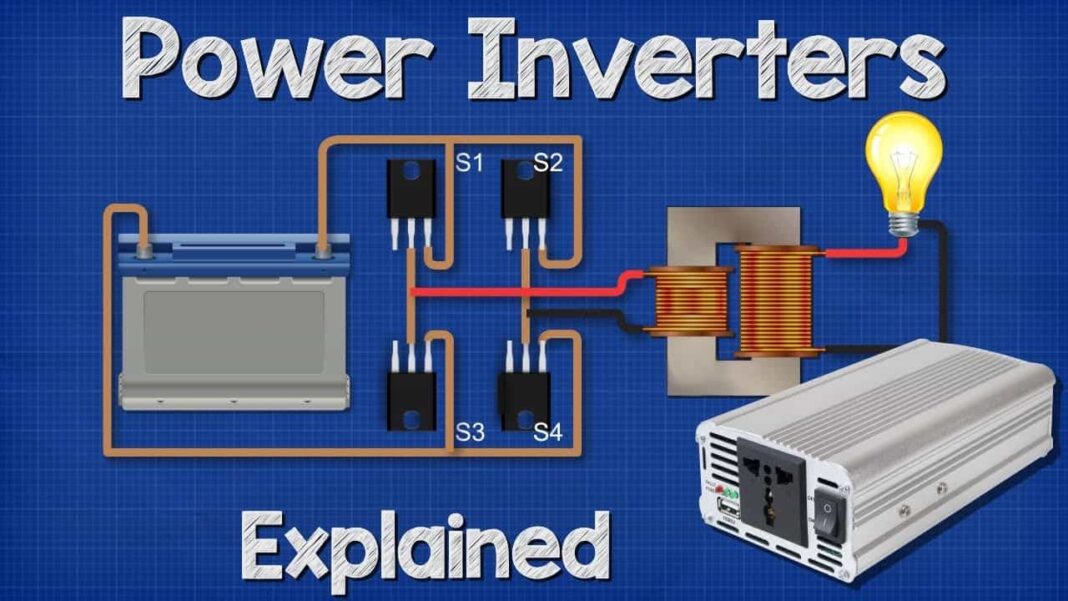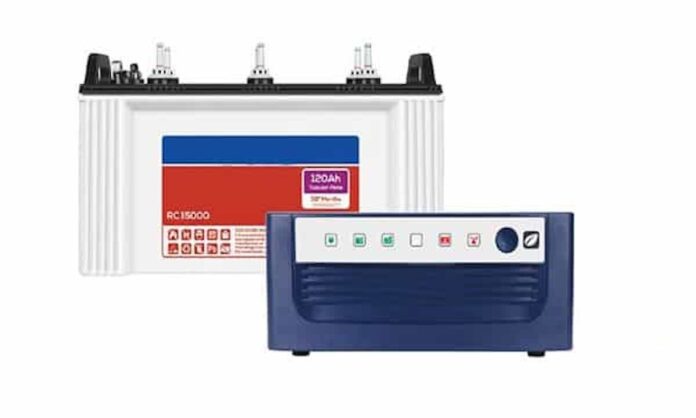When it comes to choosing an inverter for your home or office, it’s important to understand how to calculate power ratings and capacity. In today’s world, where a constant power supply cannot be guaranteed, inverters have become a vital part of our everyday lives.
Before purchasing an inverter, there are some key factors you need to consider. The capacity of the inverter should be determined by your usage requirements. For example, if you need the inverter for your home, the total load of your house will determine the capacity of the inverter you should go for.
HOT READ: Inverter vs. UPS – Why should I buy an Inverter instead of a UPS
If the purpose of the inverter is to serve as a backup for your office, you should consider the power requirements of the devices you want to back up. This will determine the size of the inverter you need. However, you don’t have to solely rely on the seller for this information as there are ways to calculate and determine the capacity of inverters yourself.

One simple method is to add up the total power consumption of the devices you want to run off the inverter. To give you an idea, here is an example of power ratings for different everyday appliances:
| LIST OF APPLIANCES | POWER RATING (WATT) | CURRENT CONSUMPTION/HOUR (AMPS) |
|---|---|---|
| Fan | 25 – 80 | 0.1 – 0.4 |
| Washing machine | 800 – 1000 | 4 – 4.5 |
| Energy bulb | 20 | 0.01 |
| Music system | 20 – 40 | 0.09 – 0.17 |
| 1HP AC | 1000 – 1500 | 4.3 – 6.5 |
Once you have gathered all the necessary details, you can calculate the inverter capacity by dividing the total power rating by the power factor. The result will give you the estimated range of your inverter capacity.
DON,T MISS: Inverter Buying Guide | Tips for Choosing the Right Inverter (October 2024)
The next step is to calculate the capacity of your battery. You can do this by following a specific formula:
If you know the watts instead of the amps, follow the procedure below:
Start by converting watts to amps. Keep in mind that the watt is the basic unit of power, while the watt-hour represents the stored energy. The key is to use the known watts to calculate the battery voltage.

For example, if you want to run a 250-watt 110VAC television from an inverter for 5 hours:
watt-hours = watts x hours = 250w x 5hours = 1250watts-hours
Assuming an inverter efficiency of 85%
Therefore, watts-hours = watts x hours / efficiency = 1250 / 0.85 = 1470 watt-hours.
Since watt = amps x volts, you can divide the watt-hour by the voltage of the battery to determine the amp-hours of the battery storage.
So, amp-hours (at 12 volts) = watt-hours / 12 volts = 1470 / 12 = 122.5AH
Now that you understand how to calculate the power ratings and capacity of an inverter, you are ready to choose an inverter that meets your specific requirements. Look for values and ratings that are closest to the ones you have calculated.
SEE: Best Inverters To Buy In 2024
I hope this tutorial has helped you gain a better understanding of calculating the power ratings and capacity of an inverter. Don’t hesitate to visit us for more valuable information and guidance.
